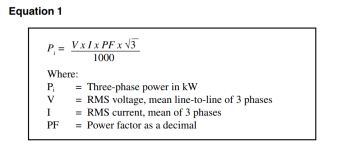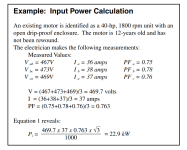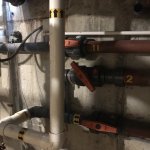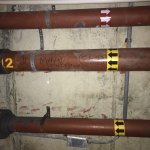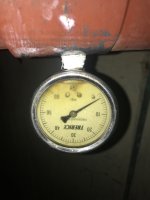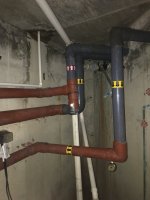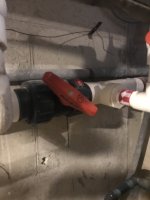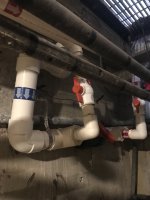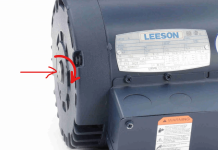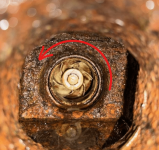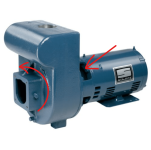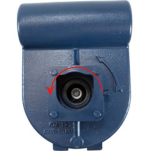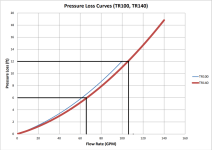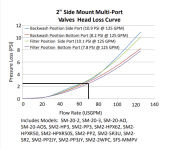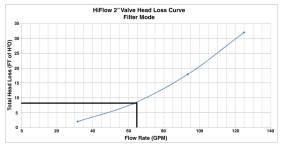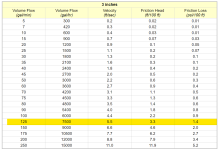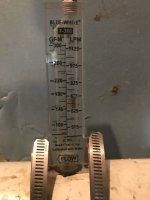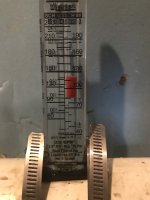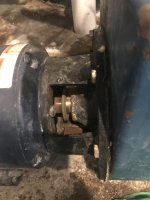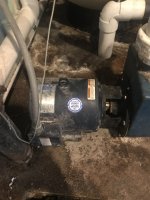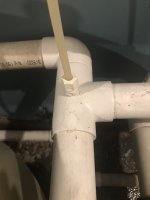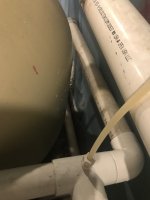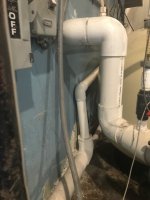Can you show the back of the motor?
There should be a pop off cover over the shaft.
Remove the shaft cover and see if the shaft is turning clockwise.
When the motor starts or stops, the rotation should be slow enough so that you can see the rotation.
Could be tricky, but I can try. The back of the motor is only a short distance in front of the wall. Not sure if I have room to get back there and do what you suggest, but will take a look in the morning. I think I see a shaft spinning on the side of the motor... possibly a cover plate missing that allows me to see that. I can turn the pump off and on a couple of times to see if I can determine if that is the shaft and which way it is spinning.
You may want to determine what all the valves are for and figure out the flow directions. I see some valves with numbers on them. Is there a schematic somewhere? If not, one should be drawn up to help better understand the plumbing.
I can see some valves only partially open. Important to know why they aren't fully open and if they are on the suction side or return side of the system. Additionally, even if those ball valve handles are fully open, sometimes the internal ball isn't and could be restricting the flow.
On an up note, at least there are flow arrows on some of the pipes.
Yes.... once we get our pool service provider situation straightened out I hope to have them explain all this to me so I understand it better. Trying not to deal with our current contracted company because they are pretty awful and I'm pushing to get rid of them. (Examples: never mentioned a word about our insufficient flow rate... told me to talk to the engineer when I raised the issue.... allowed CYA to get to 180 before I arrived here... pretty sure they never tested for it.... sells us a bunch of chemicals we don't need and then won't take them back when I don't use them. Got to go!!!) The company that has worked on the pump seems better.... so far. Hopefully we will continue to be satisfied with them and will hire them and dump the other bozos.
